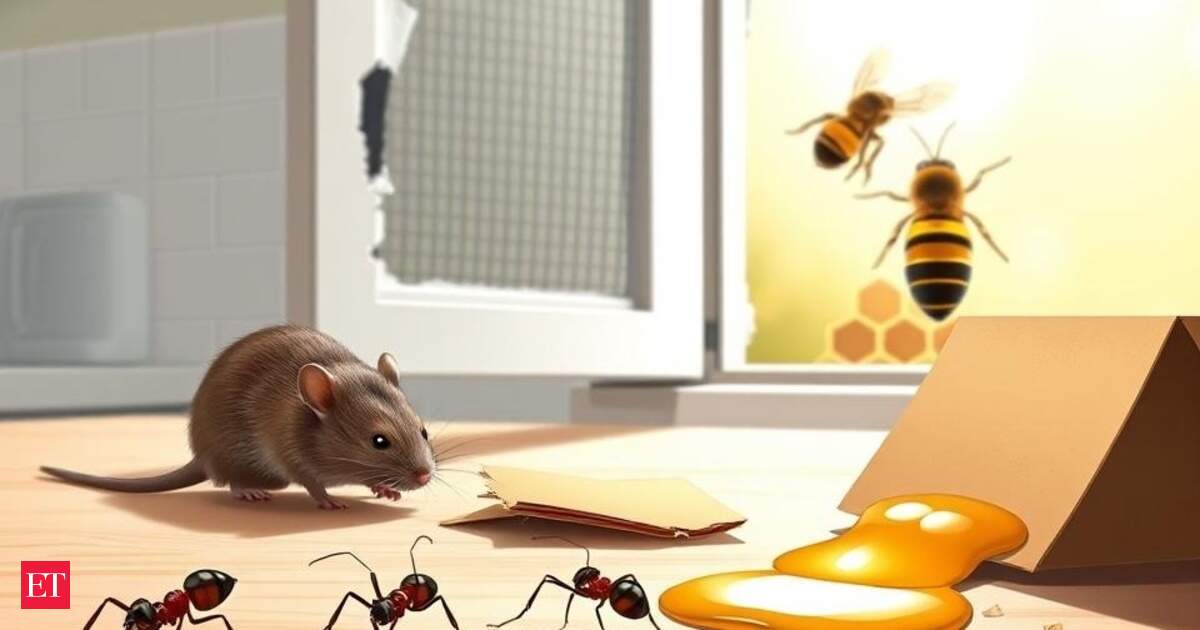Now Reading: Effective Tips to Eliminate Pests from Your Home and Yard
-
01
Effective Tips to Eliminate Pests from Your Home and Yard
Effective Tips to Eliminate Pests from Your Home and Yard

Quick Summary
- Household pests can spread diseases, damage property, and create costly issues if not properly managed.
- Common Pests & Solutions:
– Ants: Avoid customary spray pesticides; use bait stations with sweet/protein-based attractants. Prevent entry by sealing cracks and cleaning kitchens diligently.
– Bees, Wasps, Hornets: Handle aggressive species professionally; seal cracks in spring to prevent nests forming.
– Moths (Clothes/ Pantry): Wash/freeze fabrics or clean cupboards thoroughly for pantry pests. Avoid mothballs due to inefficacy and risks.
– Flies & Roaches: For flies, use apple cider vinegar traps; combat roaches with gel baits beneath appliances or contact pest control for major infestations.
– Wood-destroying Insects (Termites, Carpenter Ants): Inspect damp areas annually for mud tubes or wood shavings; licensed professionals recommended over DIY treatments.
– rodents/Wildlife: Seal entry points effectively using steel wool/caulk to block mice entry; wildlife concerns like bats require expert assistance.
- Additional Notes:
– Mosquitoes are the deadliest due to their role in spreading diseases like Zika and West Nile virus-use repellents/remove standing water.
– Ticks thrive in dense greenery but trimming lawns helps reduce risks.
Indian Opinion Analysis
Pest management is fundamental to maintaining health standards at home globally,including India’s urban and semi-rural settings where rapid urbanization may exacerbate vulnerabilities to infestations ranging from termites damaging infrastructure to diseases carried by mosquitoes or rodents prevalent in densely populated areas.
For India specifically, systematic education on pest prevention routines-such as sealing cracks early during seasonal transitions or removing stagnant water for mosquito control-will greatly benefit residential communities often reliant on generalized sprays over targeted measures such as baiting strategies discussed by experts here.The guide broadens efforts across technical shouldn’t usage privacy.ZERO speculation toolucctor(“*]< attached linked("-->< Read More

























